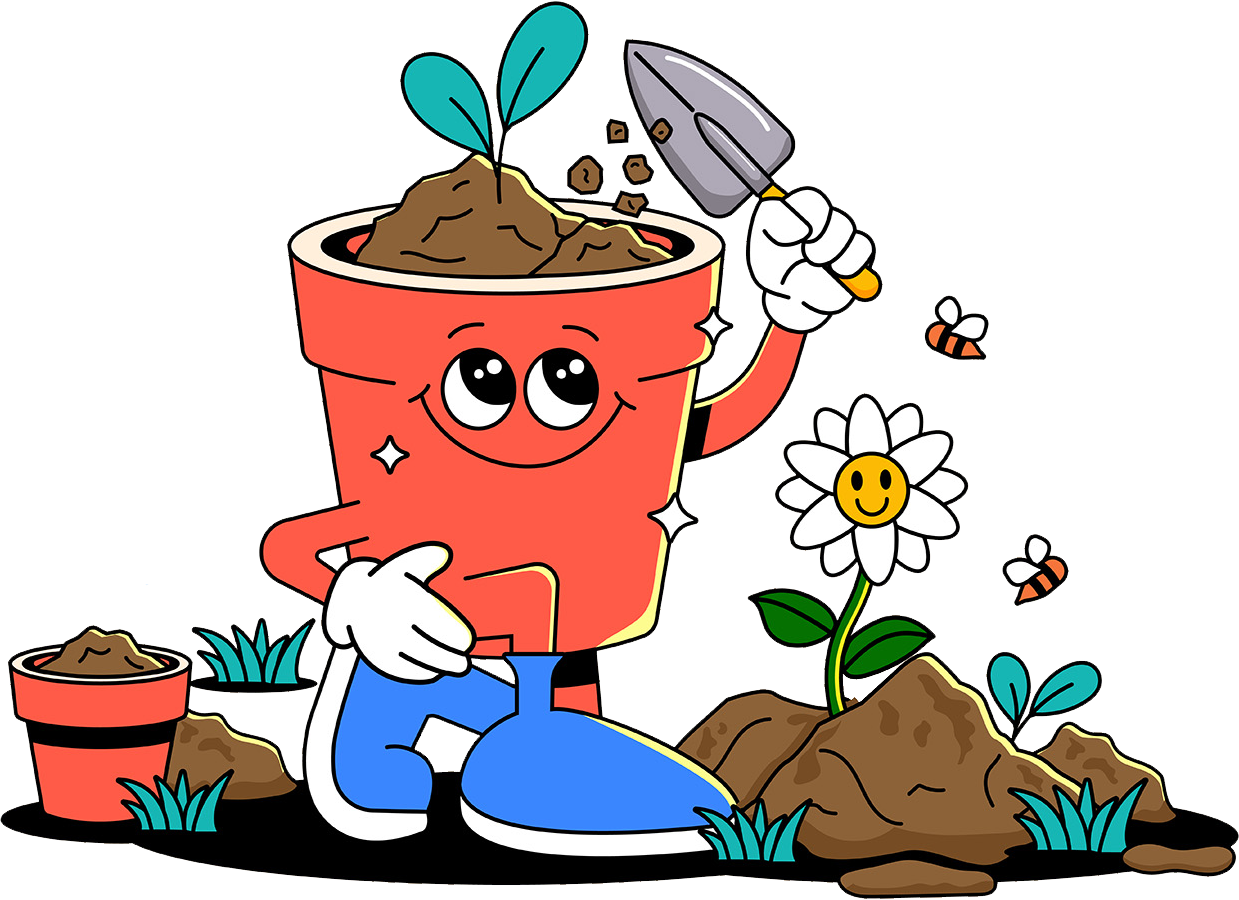low to indirect Sun
Can tolerate low light conditions
☀︎ Avoid harsh sun ☀︎
Lucky bamboo has delicate leaves that can easily burn in direct sunlight.
Indirect bright light is best, but it can be pretty adaptable - even under fluorescent office light conditions!
Keep Soil moist
Keep this plant consistently moist
If you can, try to use filtered or distilled water for lucky bamboo. The chemicals in tap water can often damage the leaves.
If grown in water (most common):
Change the water every 1 to 2 weeks. Make sure to thoroughly rinse the container and pebbles to prevent bacterial growth.
River rocks, aquarium gravel, or glass pebbles are all solid options to keep the plant upright and provide a safe environment for the roots to spread in. Avoid porous rocks (lava rock), sharp gravel, and anything labeled for “landscaping” as they may contain harmful chemicals or dyes.
If grown in soil:
Keep soil lightly moist, but never soggy!
soil needs
Yes, you can plant this in soil as well! Lucky bamboo digs a loose, well-draining mix that stays lightly moist without getting soggy.
When choosing a potting mix for lucky bamboo, look for mixes that include:
ᯓ Perlite ᯓ
Improves drainage and prevents waterlogging.
ᯓ Coco Coir ᯓ
Adds structure and boosts drainage to prevent compact soil.
ᯓ Compost or Organic Matter ᯓ
Provides gentle nutrients without being too heavy.
Common Issues
-
A possible sign of overwatering. Soil that has been overwatered can lead to root rot.
Remove affected stalks.
Make sure you are using distilled or filtered water. Lucky bamboo is sensitive to chemicals in tap water.
If you suspect root rot: dry out the soil for a day (or empty water container), remove from pot, trim away dead, mushy roots, and repot in fresh soil (or water).
-
This is a clear sign you need to change out the water! Bacteria is starting to grow from infrequent waterings and cleanings.
Get into a habit of changing the water every 1 to 2 weeks. Clean out the container and thoroughly rinse off pebbles.
-
Often due to not enough sunlight or overcrowding in container.
Rotate your lucky bamboo occasionally and trim away weak or damaged stalks.
-
A little tricky! A possible sign of too much sunlight, overwatering, or chemical damage from tap water or fertilizer.
Remove affected leaves.
Make sure your lucky bamboo is out of direct sunlight and scale back on watering and fertilizing. Only water with distilled or filtered water if you can!
Sometimes issues can be the result of a pest infestation. Make sure to watch out for these creepy crawlers:
𖢥 Scale
Not Pet Safe
Lucky bamboo can be toxic to pets if ingested. If you have pets, keep lucky bamboo plants out of their reach.










